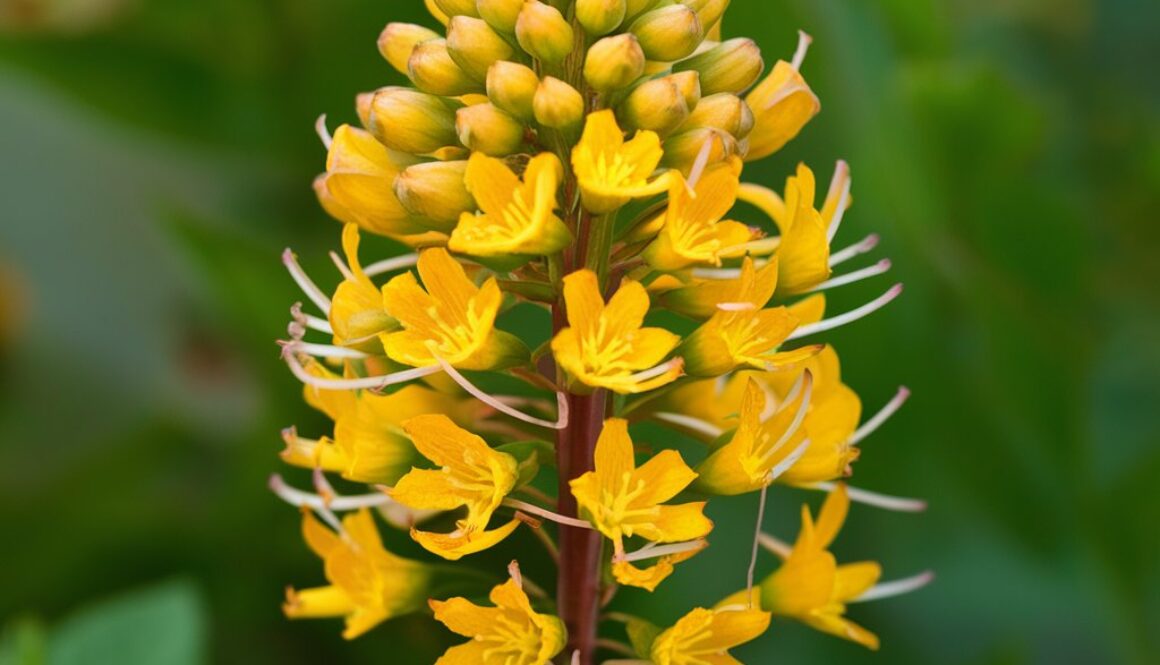Arrowroot
Arrowroot, scientifically known as Maranta arundinacea, is a tropical perennial plant cultivated for its starchy rhizomes. Belonging to the Marantaceae family, arrowroot is native to South America, where it has been used for centuries as a food source and medicinal ingredient. Today, arrowroot is valued for its culinary versatility and as a thickening agent in various recipes.
Part Used: The primary part of the arrowroot plant used is its rhizomes, which are underground stem structures rich in starch. After harvesting, the rhizomes are washed, peeled, and grated to extract the starch. Arrowroot starch is then dried and ground into a fine powder, which is used in cooking and baking as a thickening agent and gluten-free alternative to flour.
Usage: Arrowroot starch is prized for its neutral flavor, smooth texture, and ability to thicken liquids without imparting a cloudy or gelatinous appearance. It is commonly used as a thickener in soups, sauces, gravies, puddings, and other culinary preparations. Arrowroot starch is also favored in gluten-free baking recipes, where it helps improve the texture and crumb of baked goods. Additionally, arrowroot starch can be used as a natural remedy for digestive issues, such as diarrhea and upset stomach, due to its soothing properties.
Agrotechniques: Cultivating arrowroot requires a warm, tropical climate with well-drained, loamy soil. The plant thrives in partial shade and requires regular watering to maintain soil moisture. Arrowroot is propagated from rhizome cuttings or divisions, which are planted in prepared soil beds or containers. The plants should be spaced about 12 to 18 inches apart to allow room for growth. Arrowroot plants are relatively low-maintenance and do not require extensive fertilization or pest control. Harvesting of arrowroot rhizomes typically occurs after 10 to 12 months of growth, once the plants have reached maturity. Rhizomes are carefully dug up, cleaned, and processed to extract the starch for culinary and medicinal use.

